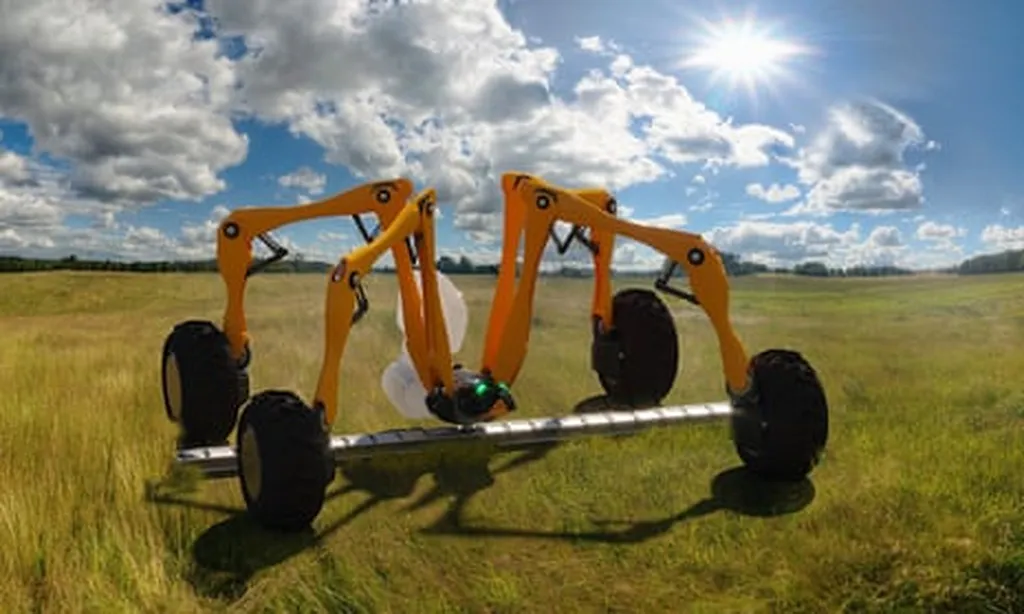In 2025, agriculture is undergoing a quiet but profound transformation. Faced with a growing global population and the unpredictable impacts of climate change, the sector is turning to technical farming—an approach that merges advanced technology with traditional expertise to produce more food with fewer resources. Unlike the broad, experience-based methods of conventional farming, technical farming relies on precision, real-time data, and automation to optimize every stage of production, from soil preparation to harvest.
At its core, technical farming integrates tools like satellite imagery, IoT sensors, AI-driven analytics, and autonomous machinery to make farming more efficient and sustainable. The shift isn’t just about adopting new gadgets; it’s about rethinking how food is grown. Farmers now use soil moisture sensors to fine-tune irrigation, drones to monitor crop health, and AI models to predict disease outbreaks before they spread. These innovations allow for precise application of water, fertilizers, and pesticides, reducing waste while maximizing yields. According to industry projections, over 60% of farms globally are expected to use AI-driven precision farming technologies by this year—a clear sign of how rapidly the sector is evolving.
The contrast with conventional farming is stark. Traditional methods often apply inputs uniformly across fields, regardless of varying conditions, leading to inefficiencies and environmental strain. Technical farming, by contrast, tailors interventions to the specific needs of each plant or soil patch. Smart irrigation systems, for example, adjust water delivery based on real-time moisture data and microclimate forecasts, cutting usage by up to 40% in some cases. Autonomous tractors, guided by GPS and AI, plant seeds with centimeter-level accuracy, reducing overlaps and gaps. Meanwhile, IoT-enabled sensors embedded in fields continuously relay data on soil health, temperature, and humidity, feeding into cloud-based platforms that generate actionable insights.
Forestry, too, is benefiting from this technical rotation. Instead of relying on fixed harvesting cycles, managers now use satellite data and AI to determine the optimal time for planting and cutting trees. Remote sensing tracks forest health, growth rates, and carbon sequestration, ensuring that timber production aligns with ecological sustainability. This data-driven approach minimizes over-harvesting and supports regeneration, even as demand for wood and paper products climbs.
Yet the success of these technologies hinges on a workforce equipped with new technical skills. Modern farmers must be as comfortable interpreting NDVI (Normalized Difference Vegetation Index) images as they are operating a tractor. Training programs now emphasize digital literacy, teaching growers to navigate analytics dashboards, deploy drones for field scouting, and troubleshoot automated systems. Platforms like Jeevn AI, which uses satellite data to provide crop advisories, are becoming essential tools, bridging the gap between raw data and practical decision-making.
The implications of this shift extend beyond individual farms. By reducing resource waste and improving land management, technical farming helps mitigate agriculture’s environmental footprint—a critical step as the sector accounts for nearly a quarter of global greenhouse gas emissions. Precision irrigation conserves water in drought-prone regions, while AI-driven pest detection cuts down on chemical use, protecting soil and pollinator health. For consumers, the benefits may translate into more stable food supplies and potentially lower costs, as efficiency gains help buffer against climate-related disruptions.
Still, challenges remain. The upfront costs of advanced machinery and sensors can be prohibitive for smallholder farmers, though leasing models and cooperative sharing are emerging as solutions. Data privacy and cybersecurity also pose concerns, as farms become more connected to digital networks. Yet the momentum is undeniable. As technical farming products become more accessible and farmers’ skills evolve, the vision of a more productive, sustainable agricultural system is steadily taking root—one data point at a time.

